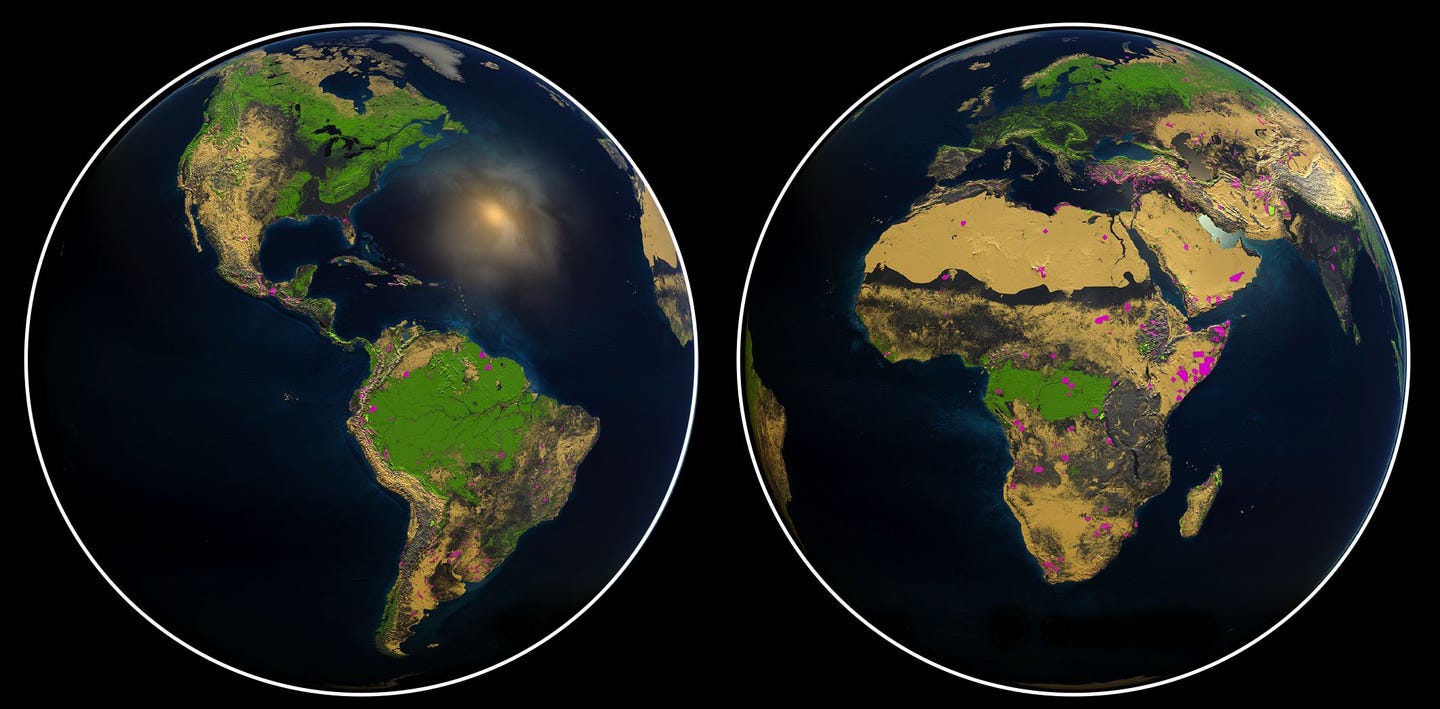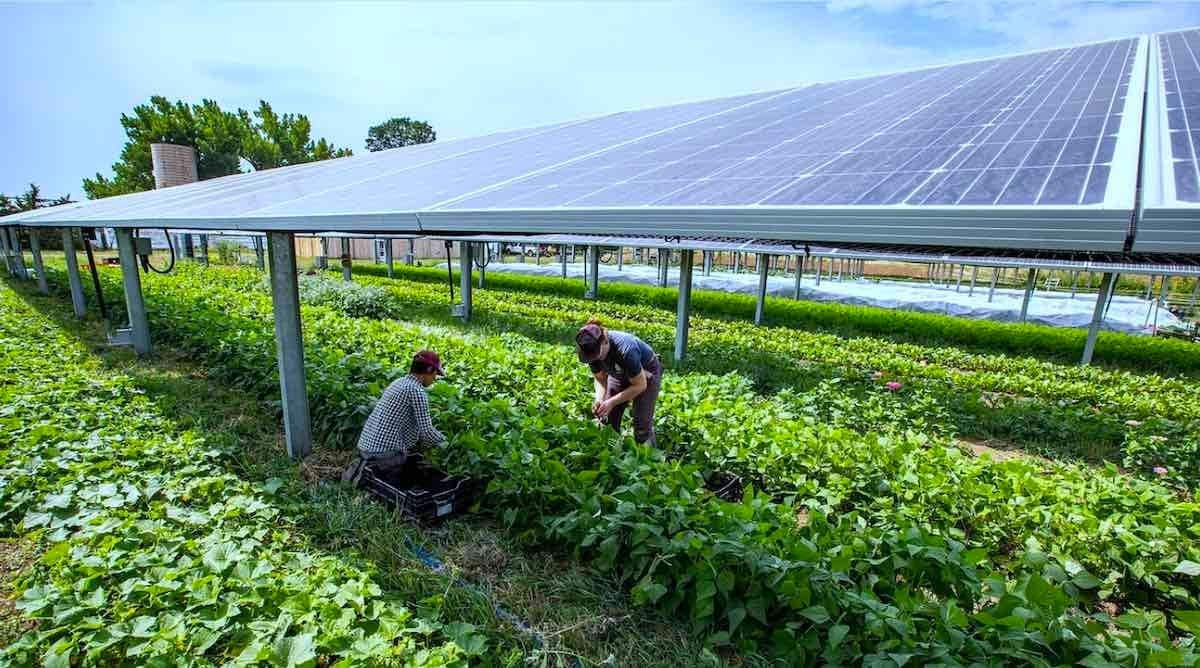These safe havens must be preserved to prevent ‘the sixth great extinction of life on Earth’
If we take action now, we can prevent human-caused extinctions and save our planet’s wildlife, per an international group of ecologists

If we take action now, we can prevent human-caused extinctions and save our planet’s wildlife, according to an international group of ecologists and conservationists. This coalition outlines an affordable and achievable plan to protect threatened species in the journal Frontiers in Science.
They identify key biodiversity hotspots that are home to rare wildlife and propose incorporating these "Conservation Imperatives" into the ambitious 30 by 30 plan, which aims to protect 30% of the Earth's surface by 2030.
The authors, representing 20 organizations including the University of East Anglia (UEA) in the UK, demonstrate that protecting just a small percentage of the planet's surface can safeguard Earth's remaining biodiversity. This plan is both affordable and achievable, offering a way to preserve the most threatened species from extinction and protect Earth’s wildlife for the future.
“Most species on Earth are rare, meaning they have very narrow ranges or occur at very low densities, or both,” said Dr. Eric Dinerstein of the NGO Resolve, lead author of the article. “Rarity is highly concentrated. In our study, we found that we need only about 1.2% of the Earth’s surface to prevent the sixth great extinction of life on Earth.”
Co-author Carlos Peres, Professor of Conservation Ecology at UEA, highlighted the urgency of the situation. “There is a dwindling window of opportunity to protect what is left of the wild across Earth's ecoregions,” he said.
“Our analysis shows that setting aside a critical threshold of only 1.2% of all terrestrial areas – identified as nearly 17,000 sites – to ensure the persistence of endemic, threatened, and rare species is financially viable, but this viability will rapidly decline over time," he continued.
Related Stories
Between 2018 and 2023, an additional 1.2 million square kilometers of land were protected to meet conservation goals. However, Dr. Dinerstein and his colleagues found that this expansion only covered 0.11 million square kilometers with range-limited and threatened species. Effective planning of protected areas is crucial to ensure that efforts and resources are targeted effectively.
The scientists started by mapping the entire world, using six layers of global biodiversity data. They combined these data layers with maps of existing protected areas and a fractional land cover analysis, using satellite images to identify the remaining habitats available to rare and threatened species.
This approach allowed them to identify the most critical, currently unprotected areas of biodiversity, which they called Conservation Imperatives. These sites serve as a global blueprint to help countries and regions plan conservation at a more local level.
The 16,825 identified sites, covering approximately 164 million hectares, could prevent all predicted extinctions if adequately protected. Just protecting the sites found in the tropics could stave off most predicted extinctions.
Approximately 38% of Conservation Imperatives are very close to already-protected areas, which could make it easier to incorporate them into existing protected areas or find other ways to conserve them.
“These sites are home to over 4,700 threatened species in some of the world's most biodiverse yet threatened ecosystems,” said Andy Lee of Resolve, a co-author. “These include not only mammals and birds that rely on large intact habitats, like the tamaraw in the Philippines and the Celebes crested macaque in Sulawesi, Indonesia, but also range-restricted amphibians and rare plant species.”
To estimate the cost of this protection, the scientists modeled a cost estimate using data from hundreds of land protection projects over 14 years. They accounted for the type and amount of land acquired as well as country-specific economic factors. These estimates are approximate because various land purchase or long-term lease options, each with different costs, might work well for protecting Conservation Imperatives.
Stakeholders worldwide, including indigenous peoples, communities with jurisdiction over Conservation Imperative sites, and other members of civil society, will need to decide which options work best for them.
“Our analysis estimated that protecting the Conservation Imperatives in the tropics would cost approximately $34 billion per year over the next five years,” said Mr. Lee. “This represents less than 0.2% of the United States' GDP, less than 9% of the annual subsidies benefiting the global fossil fuel industry, and a fraction of the revenue generated from the mining and agroforestry industries each year.”
Preserving wildlife is also key to halting and reversing the climate crisis. Protecting biodiversity means conserving the Earth’s forest cover, which acts as a carbon sink. By conserving carbon-rich, wildlife-rich forested regions, we protect both threatened species and humans. While securing Conservation Imperatives is only part of the work — for example, just purchasing land won’t prevent poaching — it’s the first critical step we need to take.
“What will we leave to future generations? A healthy, vibrant Earth is critical for us to pass on,” said Dr. Dinerstein. “So we’ve got to get going. We’ve got to head off the extinction crisis. Conservation Imperatives drive us to do that.”
By acting now and implementing this plan, we can preserve the planet's biodiversity, prevent countless extinctions, and ensure a healthy environment for future generations. The time to act is now, and the path forward is clear.
For more environmental news stories check out our Green Good section at The Brighter Side of News.
Note: Materials provided above by The Brighter Side of News. Content may be edited for style and length.
Like these kind of feel good stories? Get the Brighter Side of News' newsletter.
Joshua Shavit
Science & Technology Writer | AI and Robotics Reporter
Joshua Shavit is a Los Angeles-based science and technology writer with a passion for exploring the breakthroughs shaping the future. As a contributor to The Brighter Side of News, he focuses on positive and transformative advancements in AI, technology, physics, engineering, robotics and space science. Joshua is currently working towards a Bachelor of Science in Business Administration at the University of California, Berkeley. He combines his academic background with a talent for storytelling, making complex scientific discoveries engaging and accessible. His work highlights the innovators behind the ideas, bringing readers closer to the people driving progress.



